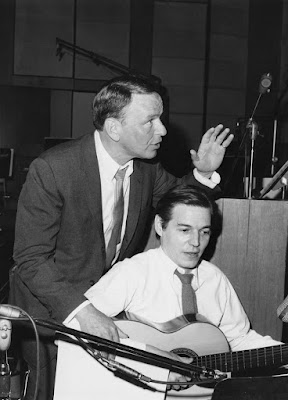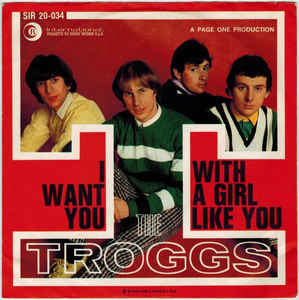Escrita por
John Lennon mas creditada à dupla Lennon/McCartney, foi gravada em
primeiro de março de 1967 e lançada em primeiro de junho de 1967 no
lendário disco Sgt. Peppers. Foi inspirada num desenho que Julian
Lennon, filho de John, trouxe da escola chamado Lucy in the sky with
diamonds. Logo as pessoas começaram a dizer que as iniciais dos
nomes formavam as iniciais LSD. John sempre negou isso veementemente.
Julian
trazia um desenho que retratava sua amiga Lucy O'Donnell. Julian
mostrava ao pai seus desenhos e esse despertou o interesse do pai pra
escrever uma canção. Lucy morreu aos 49 anos, em 2009, ela sofria
de Lupos.
Lucy in the
sky with diamonds é como um sonho e considerada uma das melhores
músicas do disco Sgt. Peppers. É um clássico do psicodelismo.
John fez os
vocais, tocou maracas, piano e violão. Paul fez backing vocals,
tocou baixo e órgão. Goegr Harrison tocou guitarra solo e tambura.
Ringo tocou bateria.
John
mencionou Lucy in the sky em I am the walrus.
Foi
regravada por Elton John em no verão de 1974 e lançada em 18 de
novembro de 1974 em um compacto que tinha One day (at a time) como
Lado B. A gravação teve John Lennon nos backing vocals e na
guitarra. O lado B também é uma música de John Lennon, de 1973 no
álbum Mind Games. John também tocou guitarra nessa gravação.
Foi também
regravada por Natalie Cole, Black Crowes, Rita Lee, Bono and Edge,
Dan Torres, Pink, entre outros.
A letra:
Picture
yourself in a boat on a river
With tangerine trees and marmalade skies
Somebody calls you, you answer quite slowly
A girl with kaleidoscope eyes
Cellophane flowers of yellow and green
Towering over your head
Look for the girl with the sun in her eyes
And she's gone
Lucy in the sky with diamonds
Lucy in the sky with diamonds
Lucy in the sky with diamonds
Aaaaahhhhh...
Follow her down to a bridge by a fountain
Where rocking horse people eat marshmallow pies
Everyone smiles as you drift past the flowers
That grow so incredibly high
Newspaper taxis appear on the shore
Waiting to take you away
Climb in the back with your head in the clouds
And you're gone
Lucy in the sky with diamonds
Lucy in the sky with diamonds
Lucy in the sky with diamonds
Aaaaahhhhh...
Picture yourself on a train in a station
With Plasticine porters with looking-glass ties
Suddenly someone is there at the turnstile
The girl with kaleidoscope eyes
Lucy in the sky with diamonds
Lucy in the sky with diamonds
Lucy in the sky with diamonds
Aaaaahhhhh...
Lucy in the sky with diamonds
Lucy in the sky with diamonds
Lucy in the sky with diamonds
Aaaaahhhhh...
Lucy in the sky with diamonds
Lucy in the sky with diamonds
Lucy in the sky with diamonds [fade out]
With tangerine trees and marmalade skies
Somebody calls you, you answer quite slowly
A girl with kaleidoscope eyes
Cellophane flowers of yellow and green
Towering over your head
Look for the girl with the sun in her eyes
And she's gone
Lucy in the sky with diamonds
Lucy in the sky with diamonds
Lucy in the sky with diamonds
Aaaaahhhhh...
Follow her down to a bridge by a fountain
Where rocking horse people eat marshmallow pies
Everyone smiles as you drift past the flowers
That grow so incredibly high
Newspaper taxis appear on the shore
Waiting to take you away
Climb in the back with your head in the clouds
And you're gone
Lucy in the sky with diamonds
Lucy in the sky with diamonds
Lucy in the sky with diamonds
Aaaaahhhhh...
Picture yourself on a train in a station
With Plasticine porters with looking-glass ties
Suddenly someone is there at the turnstile
The girl with kaleidoscope eyes
Lucy in the sky with diamonds
Lucy in the sky with diamonds
Lucy in the sky with diamonds
Aaaaahhhhh...
Lucy in the sky with diamonds
Lucy in the sky with diamonds
Lucy in the sky with diamonds
Aaaaahhhhh...
Lucy in the sky with diamonds
Lucy in the sky with diamonds
Lucy in the sky with diamonds [fade out]
A versão de Elton John:
A versão de Bono e Edge:
A versão de Black Crowes:























